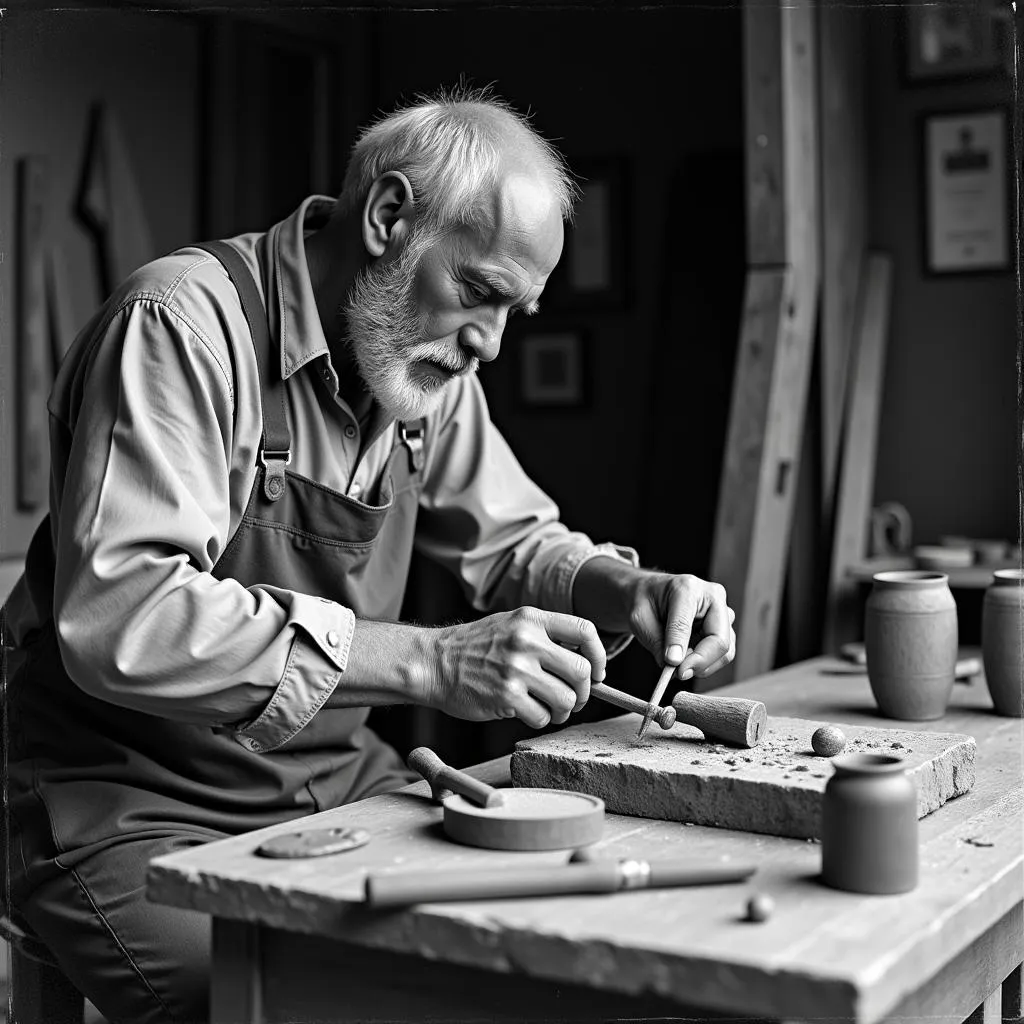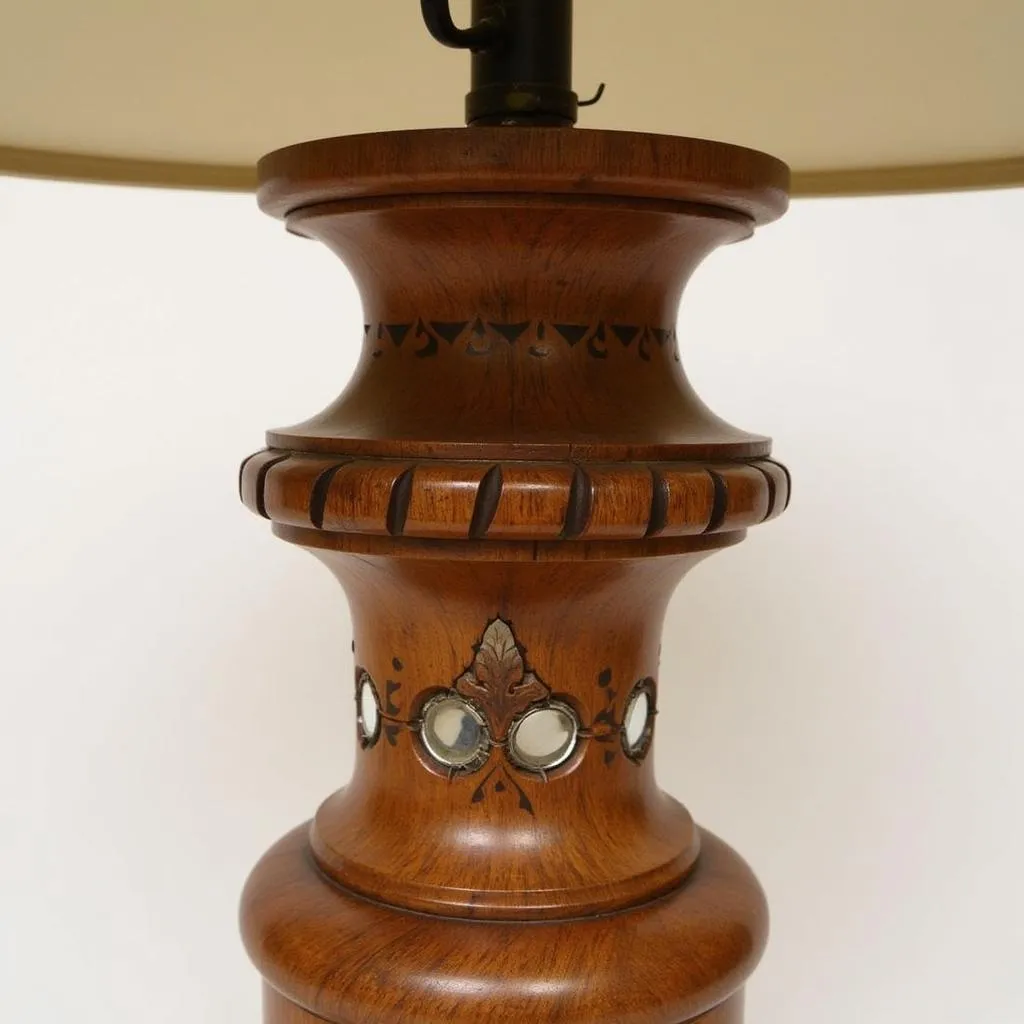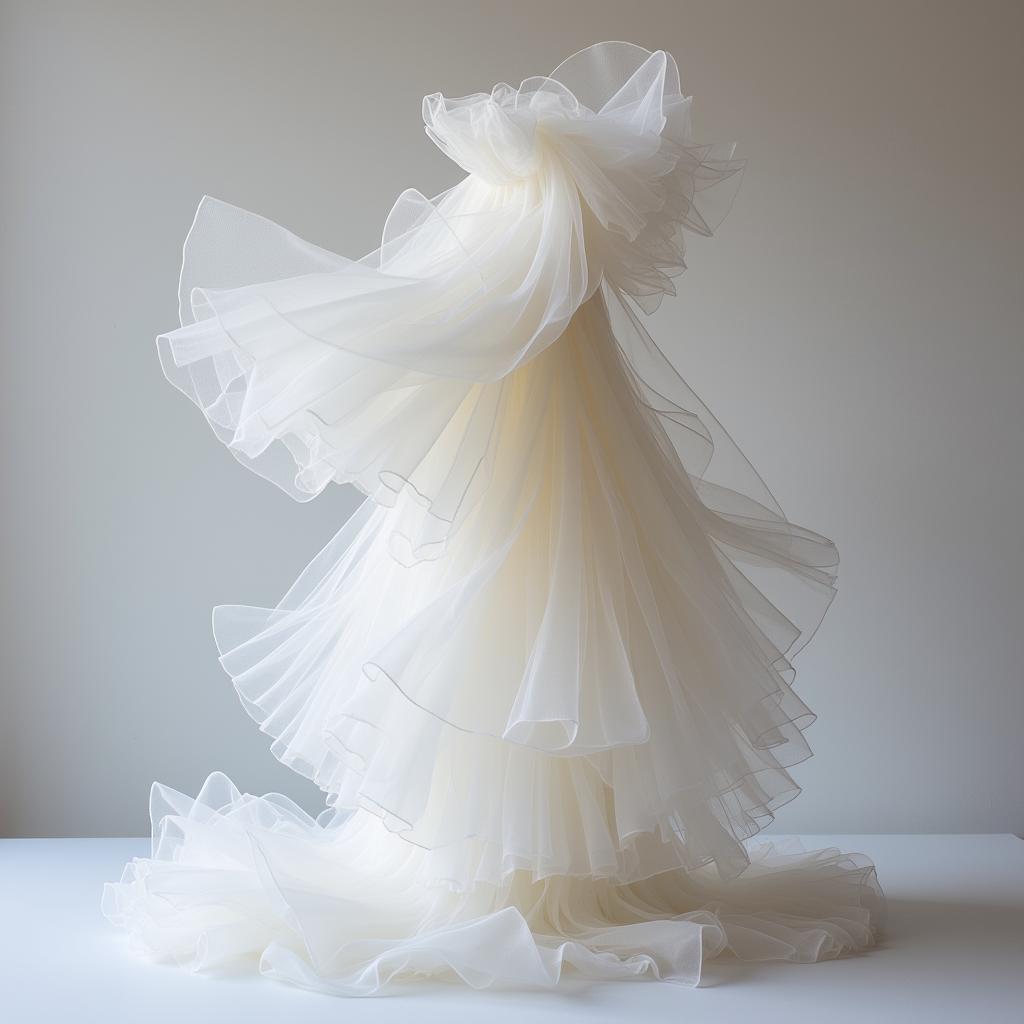Un illuminating Guide to Tramp Art Lamps
Tramp Art Lamps, with their intricate chip-carved designs and folksy charm, are a fascinating window into American history. These unique lamps, often crafted from discarded cigar boxes and scraps of wood, embody resourcefulness and creativity, reflecting the spirit of their time.
The Origins of Tramp Art and the Rise of the “Tramp Art Lamp”
The late 19th and early 20th centuries saw the emergence of a distinctive folk art style known as “tramp art.” This art form, contrary to its name, wasn’t created by transients or “tramps” in the literal sense. It was born out of a period of economic hardship and widespread migration, where itinerant workers and craftsmen roamed the country seeking employment. Skilled in woodworking, these individuals often traded their craft for food, lodging, or a bit of cash, leaving behind a trail of uniquely carved objects, including the iconic tramp art lamp.
 Tramp art lamp origins
Tramp art lamp origins
Identifying the Hallmarks of a Tramp Art Lamp
Tramp art is easily recognizable by its signature “chip carving” technique. This method involved using a simple pocketknife to create small, notched chips in the wood, forming intricate geometric patterns and layered designs. While cigar boxes were a favored material due to their availability and thin wood, tramp art lamps could be crafted from any wood scraps, often incorporating found objects like buttons, mirrors, and even tin cans.
 Characteristics of a tramp art lamp
Characteristics of a tramp art lamp
The Allure of Collecting Tramp Art Lamps
Today, tramp art lamps have transcended their humble origins to become highly sought-after collector’s items. Their unique craftsmanship, historical significance, and undeniable charm appeal to antique enthusiasts and folk art lovers alike. Each lamp tells a story, a testament to the resilience and ingenuity of those who came before us.
What to Consider When Buying a Tramp Art Lamp
The value of a tramp art lamp can vary significantly depending on factors like size, condition, intricacy of the carving, and the materials used.
Here are some key things to consider if you’re thinking about adding a tramp art lamp to your collection:
- Authenticity: Look for signs of genuine hand-carving, such as slight imperfections and variations in the chip carving.
- Condition: Examine the lamp for any damage, missing pieces, or excessive wear and tear.
- Materials: Note the type of wood used, any decorative elements, and the overall construction quality.
- Style and Design: Tramp art lamps came in a variety of forms, from simple table lamps to elaborate chandeliers. Consider your personal aesthetic and the existing décor of your home.
 Collecting tramp art lamps
Collecting tramp art lamps
Caring for Your Tramp Art Lamp
Proper care and maintenance can help preserve your tramp art lamp for years to come.
- Cleaning: Dust the lamp regularly with a soft, dry cloth. Avoid using harsh chemicals or abrasive cleaners, which can damage the delicate wood.
- Handling: Always lift the lamp by its base, not the shade or any decorative elements, to prevent accidental breakage.
- Display: Place the lamp on a stable surface, away from direct sunlight, heat sources, and high-humidity areas.
Conclusion
Tramp art lamps are a testament to the enduring power of human creativity and resourcefulness. These one-of-a-kind pieces offer a glimpse into a bygone era, adding a touch of history, warmth, and character to any home. Whether you’re a seasoned collector or simply appreciate the beauty of handcrafted objects, the allure of a tramp art lamp is undeniable.


